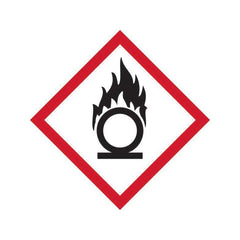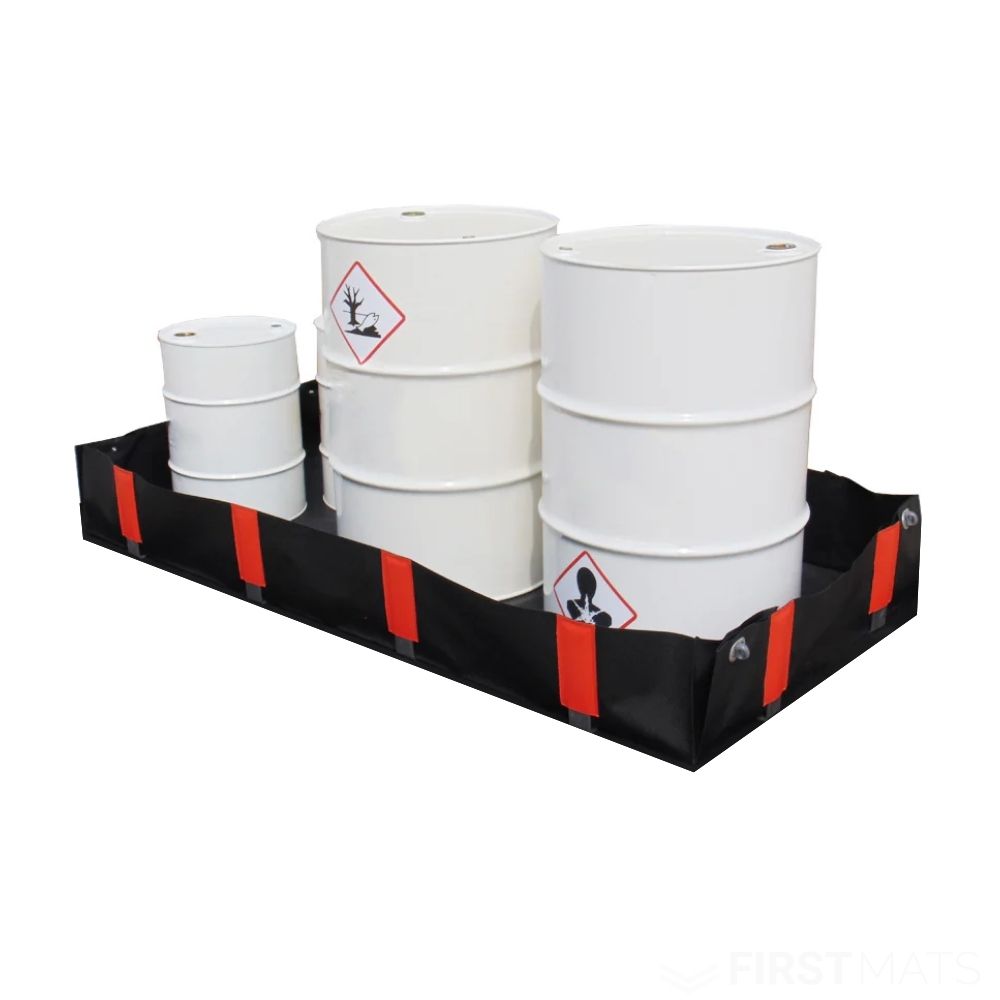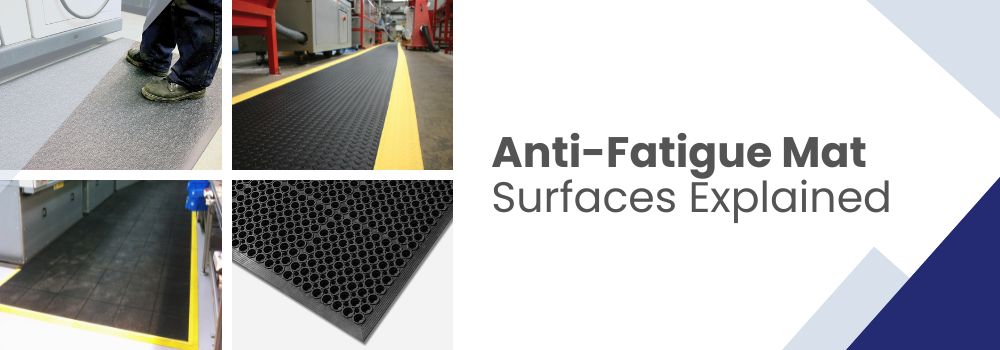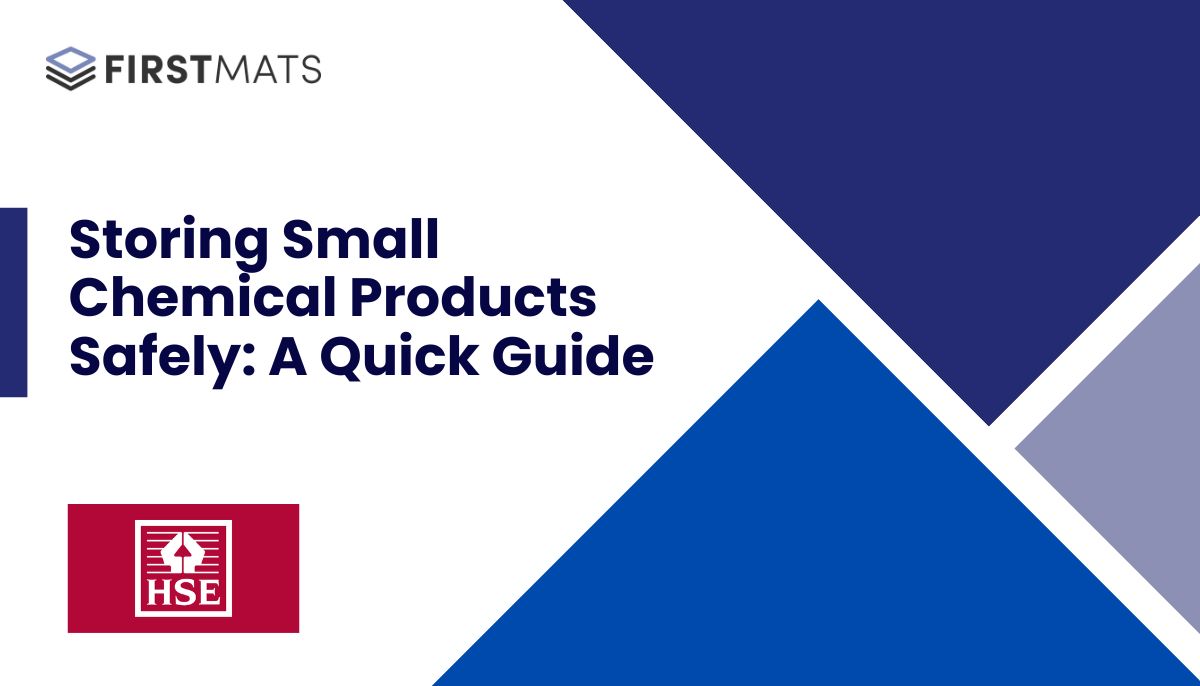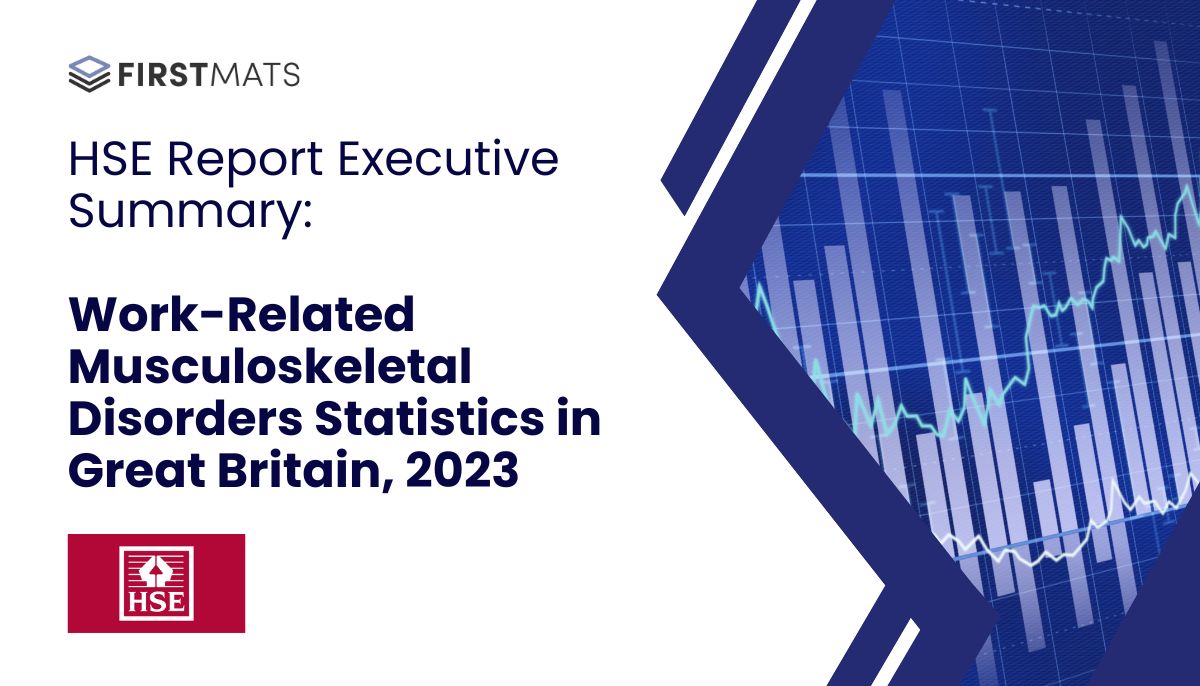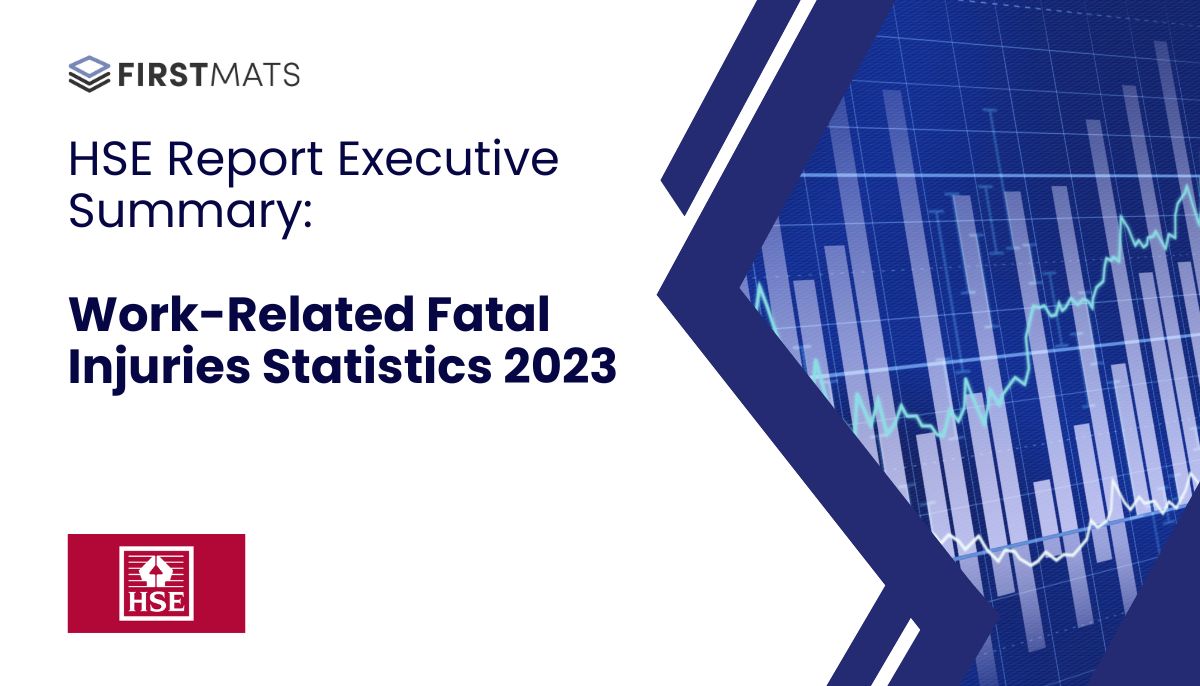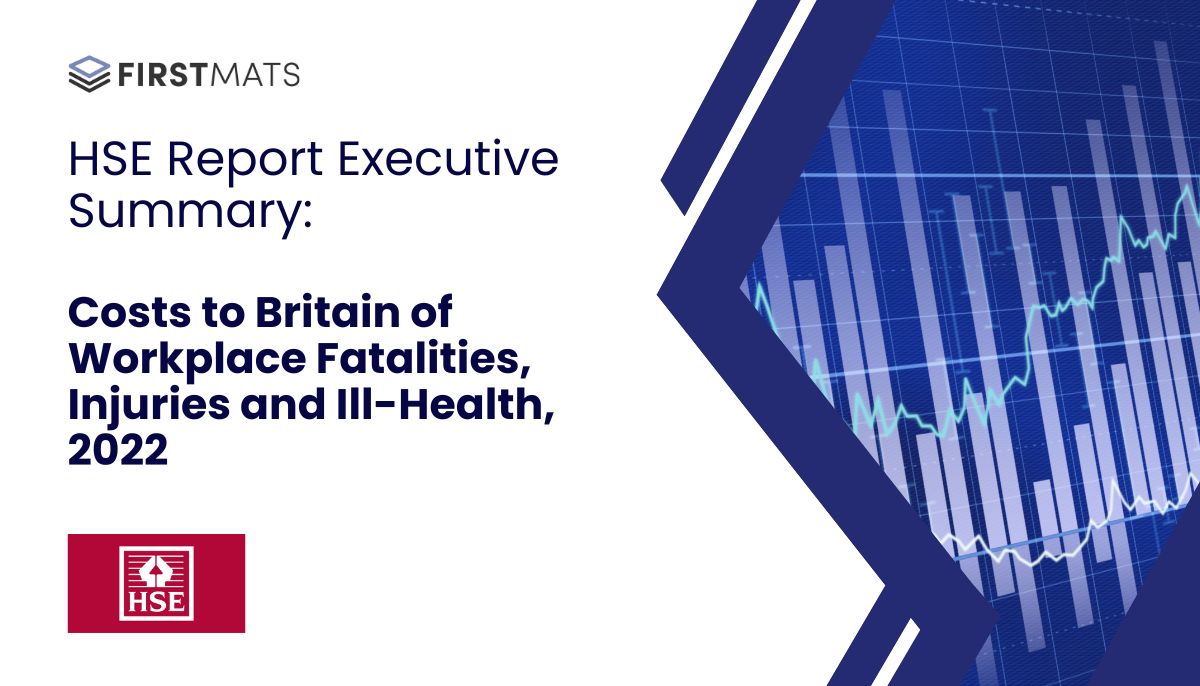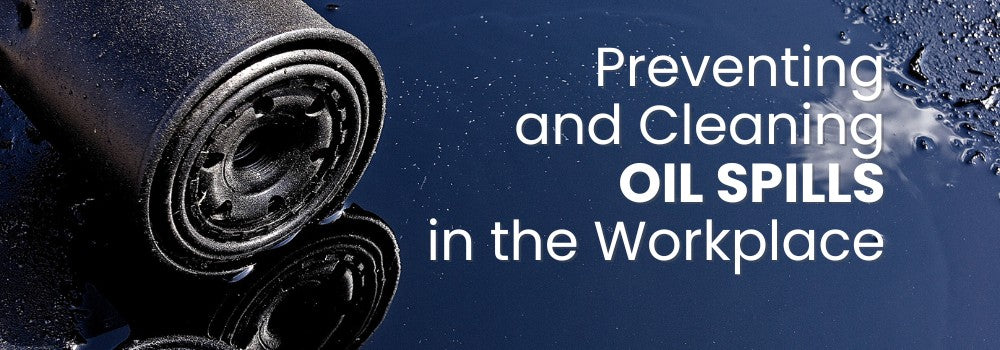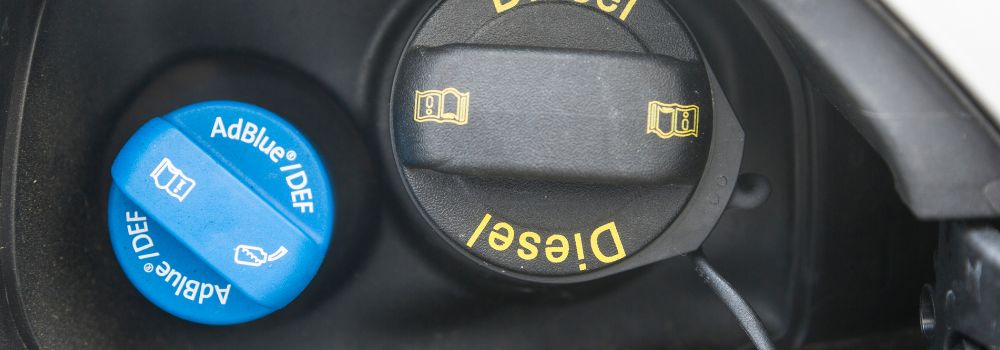Guide to COSHH Symbols

by Richard O'Connor
Feb 03, 2022 | *5 minutes to readorking in an industry that handles chemicals or hazardous substances means that you have most likely come across the term COSHH, as it is most commonly seen on the labels of bottles and containers that store dangerous substances.
Whether you are entirely unfamiliar with the whole concept of COSHH, or you have an idea about what it entails but aren’t too clear about the details, here at First Mats, we can help. This guide covers what COSHH is, why it is crucial to adhere to guidelines, and all the different types of COSHH symbols, so you know what to look for when handling hazardous substances and the steps to take in the event of an accident.
Why Is Adhering To COSHH Standards Important?
The unsafe storage of chemicals, directly and indirectly, impacts people’s health. If stored incorrectly, fumes and gases can escape, resulting in short-term effects such as burns and headaches and long-term outcomes, including lifelong breathing problems. It can even cause fatal injuries.
The environment is another reason why it is so essential to adhere to COSHH standards. Once a hazardous substance is spilt or released into the air, contamination occurs, and there is no way of reversing it. The only thing that can be done is to clean up the spill or contain the damaging fumes to prevent any widespread consequences. Spills can adversely affect marine life and aquatic plants if the spill occurs near a river or lake or animals, plants and insects if it occurs on or near fields or grassland.
Product life also plays a vital role within COSHH standards. Many chemicals tend to have a long lifespan, but storing all chemicals according to the guidance allows you to keep an eye on how much shelf life they have left. This can help reduce environmental waste and save you money in the long run.
What Are The Different COSHH Symbols, and What Do They Mean?
COSHH symbols, also known as GHS hazard pictograms, inform a person of any potential hazardous effects of a particular chemical. Their purpose is to help people identify that the chemicals being used might cause harm to people or the environment.
In the UK, hazard pictograms are found in the shape of a diamond with a white background and a bold, distinctive red border. You may find that a particular substance will only have one pictogram on its packaging, or there may be more than two present, depending on the risks and hazards that the substance presents.
|
COSHH Symbol |
Description |
Meaning |
Examples of Chemicals |
|

|
Explosive materials (symbol: bomb exploding) |
This symbol represents chemicals, substances or any workplace occurrence that may cause an explosion. |
Heavy metal azides Acetylene |
|
 |
Flammable (symbol: open flame)
|
This symbol highlights flammable chemicals or substances that can ignite. |
Acetone Benzene Methanol |
|
|
Oxidising (symbol: flame over circle) |
This symbol represents chemicals that can have a dangerous reaction with other chemicals. It could also mean anything that acts as an oxidiser, which could increase the intensity of a fire. |
Bleach Hydrogen peroxide Halogens |
|
 |
Corrosive (symbol: corrosion on hands and surface) |
This symbol warns against chemical that may cause damage on contact. |
Ammonia Acetic acid Hydrochloric acid drain cleaners |
|
|
Toxic (symbol: skull and crossbones) |
This symbol represents chemicals that can cause a lot of damage in small quantities such as when inhaled, swallowed or in contact with skin. |
Cyanides White or red phosphorus Sodium azide |
|
|
Hazardous for the environment (symbol: a dead tree and dead fish) |
This symbol represents the risk of substances that can cause serious damage to the environment. |
Pesticides Biocides Petrol |
|
|
Gases under pressure (symbol: gas cylinder) |
This symbol represents a situation where gas is under pressure and may explode if heated, or lead to cryogenic injuries when refrigerated. |
Flammable – Methane Oxidising – Chlorine Poisonous – Carbon Monoxide |
|
|
Serious health hazards (symbol: internal damage) |
This symbol represents serious long-term threats to health, such as if a hazard can lead to death if swallowed, affect fertility or lead to cancer. |
Asbestos Benzene Vinyl chloride |
|
|
Health hazard (symbol: exclamation mark) |
This is a general COSHH hazard symbol that indicates that there are substances dangerous to health present and they may cause irritation, dizziness, or allergic reactions. |
Bleach and other cleaning chemicals Paints Glues Heavy metals |
What if I Need to Make My Own Labels?
In many workplaces, pre-printed COSHH labels don’t always cover every scenario—whether you’re storing chemicals in smaller containers, mixing substances, or replacing older, faded warnings. In these situations, being able to create your own clear and durable labels is essential for staying compliant with COSHH regulations.
One of the most reliable solutions is to use Brother P-touch labels. These professional labelling systems let you print sharp text, COSHH symbols, and even barcodes on demand, ensuring every container is clearly and consistently marked. Because P-touch tapes are laminated and resistant to chemicals, water, and abrasion, they’re ideal for tough industrial and laboratory environments. Plus, the ability to customise labels whenever you need them gives your team the flexibility to react quickly, reduce risks, and maintain a safe, compliant workplace without delays.
Final Word
As an employer, you have a duty of care to protect your staff from all known potential risks. This means adhering to all COSHH guidelines as they apply to your work environment, completing regular risk assessments and ensuring that all chemicals and hazardous substances are correctly labelled with the right symbols.
By using our table above, you can quickly and easily identify which COSHH signs and symbols you need to display on cabinets when storing hazardous materials. For any questions about COSHH symbols, or if you would like any further information, please get in touch with us on 0121 702 1659, where our friendly team will be able to assist you.
Sources:
Explore More Topics
Frequently Asked Questions
If you have any questions, we’re here to help
How long does delivery take?
Each product comes with a specified lead time for delivery. We'll keep you informed if there are any delays in meeting this timeline.
Typically, once you’ve finalised your order and approved the proof, it will take 4-5 business days to make and deliver your finished mat.
If my order is damaged, can I return or exchange it?
Got a problem with your order? If something's not right or you're not thrilled with the quality, just let us know within 14 days of getting it. Drop us a line, and we'll tell you what to do next—usually, it starts with you sending us a photo of the issue. Once we check that out, we'll sort you out with a refund or a new item, no fuss.
Can I get my mat delivered more quickly?
Need your item in a hurry? Just Contact us to explore the faster delivery options we might have for you!
If my custom mat is damaged, can I return or exchange it?
Got a problem with your order? If something's not right or you're not thrilled with the quality, just let us know within 14 days of getting it. Drop us a line, and we'll tell you what to do next—usually, it starts with you sending us a photo of the issue. Once we check that out, we'll sort you out with a refund or a new item, no fuss.





